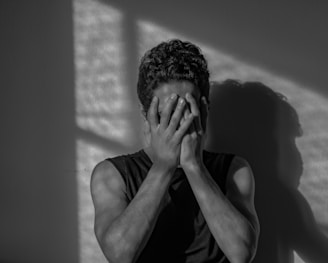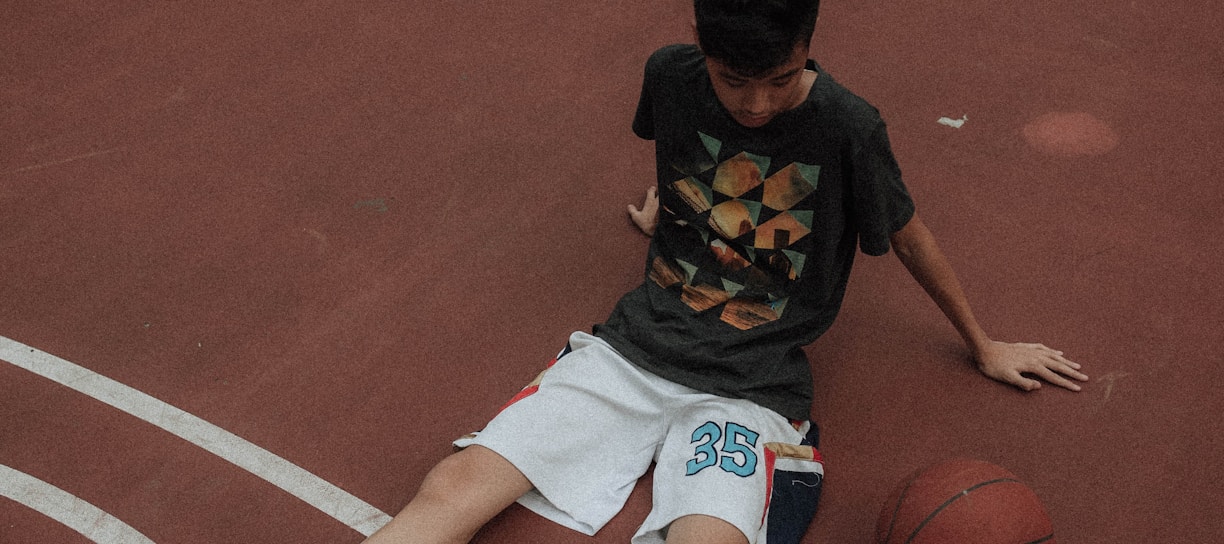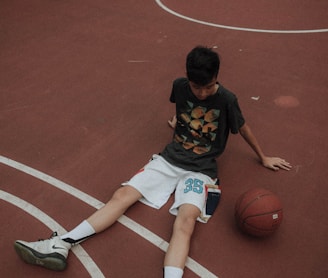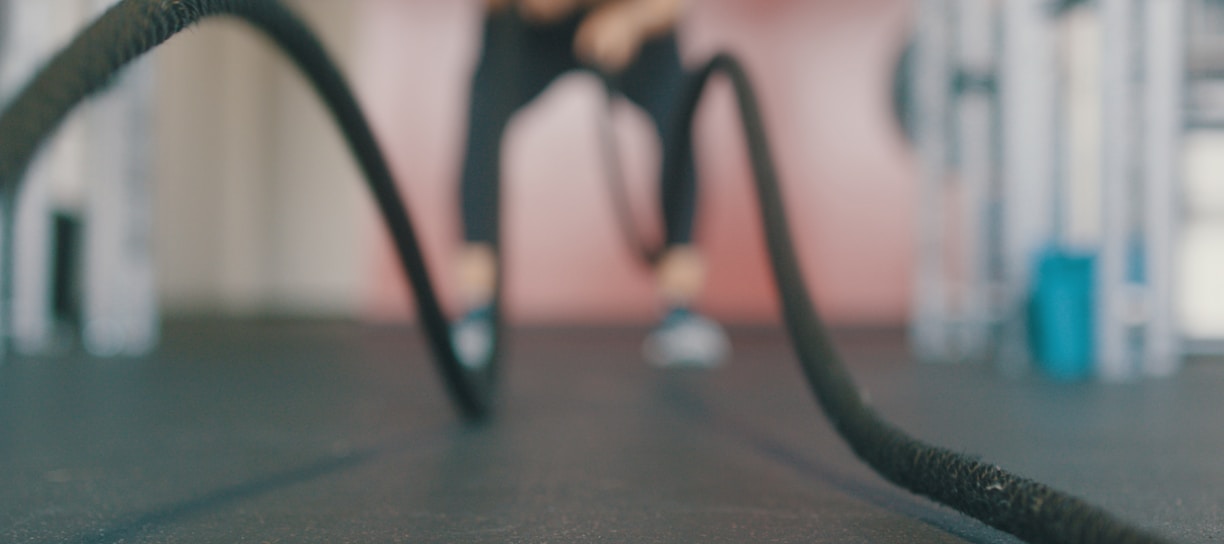Mental Performance Coaching Vancouver
The realm of mental health is expansive, encompassing diverse perspectives on well-being. While this page provides only a glimpse into the vast landscape, it offers you a launchpad for exploration. If your concerns are more specific, don't hesitate to connect with me or another trusted mental health professional. Remember, you're not alone. Many have walked this path before, and many more will follow. It's crucial to recognize that being in a challenging space is valid, and seeking help is a commendable step.
As athletes, we diligently train our bodies and skills. Yet, we often overlook the training our minds require. Beneath many mental health challenges lies the need for flexibility. Just as we cultivate physical flexibility in our training, we must extend the same flexibility to our mental well-being. While resilience and mental strength are our allies, there are times when a different approach is essential. It's about finding balance, embracing varied strategies, and fostering a holistic approach to your mental journey.


Common Mental Health Concerns for Athletes
Performance Anxiety and Perfectionism
The pursuit of excellence in athletics often brings about a desire for success, but this aspiration can also lead to immense pressure. While pressure can motivate, it can also trigger performance anxiety, hindering clear thinking, smooth movement, and focus. Coping with setbacks is a challenge many athletes face. The difference between adaptive and maladaptive perfectionism lies in our response to mistakes. Striving for excellence is healthy, but self-criticism and negative reactions to errors can be detrimental.
Striking Balance and Flexibility
Balancing sports and life can be demanding. What works well in sports might not suit other contexts. For instance, while analyzing game performance aids improvement, applying this mindset to relationships can lead to frustration and conflict as we may end up trying “fix” others. Developing awareness and flexibility is key. Asking yourself the following can be a good place to start: Does my action benefit myself ad others both now and the future? Adaptability is a valuable skill, enabling diverse approaches to different situations.
Navigating Life Transitions and Identity
Transitioning from an athlete's life, whether by choice or due to injuries, can be emotionally challenging. The intertwining of sports and personal identity can make this shift difficult. It's normal to feel uncertain about the future. Embrace your emotions during this change and reflect on your athlete journey. Below are some valuable questions you can ask yourself as you face this major transition:
What have I learned about myself during this chapter of being an athlete?
Who am if I take away my label of being an athlete?
What characteristics, traits, and values do I have?
Are there ways in which I can bring these above qualities into other areas of my life?
How would I show up today if I were living in alignment with my values rather than my labels and the expectations that come with them?
Need a little help in understanding your strengths and values? Check out the following character strengths assessment: Take Survey | VIA Institute
Check out this interview to learn more about latest research on identity: Dr. Maya Shankar: How to Shape Your Identity & Goals - Huberman Lab | Podcast on Spotify
Coping with Loss, Grief, and Mourning
Losses are part of an athlete's journey, whether in competition or missed opportunities due to injuries. Grief, a response not exclusive to death, can trigger various emotions. Everyone grieves differently, influenced by personal and cultural factors. Grief affects your mind, body, and spirit, impacting sleep, eating, energy levels, and focus. Seek support if needed, and remember, seeking help is a sign of strength.
Resources on Grief:
Podcast: Healing with David Kessler
Article: The Risk Of Not Reconciling Grief - A Different Way For Sport Leaders To Integrate Loss | Sport Law
Body Image and Well-being
Athletic pursuits focus heavily on our bodies, leading to mixed messages about body image and health. This can contribute to distorted body perceptions and even eating disorders. Beware of signs like chronic dieting, weight fluctuations, and obsession with calories. If you notice yourself experiencing some of these behaviours, it does not mean you are broken, flawed, or a failure. But it could be a sign that more is going on underneath and you may benefit from talking to a trusted health professional or close friend. It can be worth reflecting on what might be driving these behaviours and if perhaps it is something worth changing because although it may help you in the short-run, it could be hurting you over time.
Coping with Feeling Down
Feeling down occasionally is normal, but persistent sadness interfering with daily life might indicate depression. Balancing athletic demands with academics and other stressors can contribute to these feelings. Signs of depression include loss of interest, appetite changes, sleep disturbances, and more. Reach out to professionals or your campus Wellness Centre for support.
Remember, your mental health is vital, and seeking help is a sign of strength. You're not alone, and support is available.
Overcoming Barriers to Seeking Help for Student-Athletes
Internal Barriers to Help-Seeking
Uncertainty: Unsure about the benefits of counselling/therapy.
Embarrassment: Feeling they should handle issues alone.
Toughing It Out: Believing problems will resolve on their own.
Fear of Judgment: Worried about others' opinions of seeking help.
Fear from Coaches: Concerned about a coach's reaction affecting their role on the team.
Desire for Quick Solutions: Seeking immediate fixes.
External Barriers to Help-Seeking
Time Constraints: Busy schedules make seeking help seem unmanageable.
Influential Messages: Receiving discouraging advice against discussing personal matters.
Lack of Awareness: Unfamiliar with available resources and how to access them.
Resource Accessibility: Distant mental health services hinder utilization.
Creating an open culture around mental health in athletics can reduce stigma. Knowing that seeking help is accepted by coaches, peers, and others can encourage athletes to seek assistance.
Practical Support Strategies
Show care and compassion when approaching someone.
Acknowledge their trust in opening up.
Listen attentively and allow for silence.
Provide unconditional support and avoid judgment.
Normalize experiences and offer hope.
Ask clarifying questions.
Inquire about personal safety if needed.
In cases of immediate threat, seek professional help.
Share specific concerns with factual examples.
Offer to accompany them to initial appointments.
Respect their readiness for help.
Provide resources and names of professionals.
Coaches and Trainers: Approaching Athletes
Gather accurate context before discussing concerns.
Focus on the person, not just the athlete.
Listen empathetically and prioritize mental health.
Remind them that psychological well-being matters.
Encourage seeking mental health assessments.
Expedite referrals to mental health professionals.
For emergencies, refer to hospital, counselling, or 911.


Practical Steps and Resources
Below is a list of practical steps and resources that you might find helpful in your exploration of better understanding your own and others mental health journey.
1. Developing Psychological Flexibility
Psychological flexibility is the capacity for being in contact with the present and acting on long-term goals rather than short-term urges. Being psychologically flexible allows people to adapt to changes in the environment and react in new, creative and healthy ways that align with an individual's goals and values. To learn more on developing this skill, check out this article: Psychological Flexibility: What It Means and Why It's Important
2. Creating Space for Self-Compassion
Research has shown that mental toughness and self-compassion are important skills for maintaining good mental health among varsity athletes. One of the key additions to this research is that we need space for both skills. You likely have experienced mental toughness, but have you also created room for self-compassion? Below are several links to one of the leading researchers on the topic of self-compassion:
3. Mindfulness and Breathing Practices
There are a lot of misconceptions around mindfulness (watch: 5 Mindfulness Myths) that can lead us astray from a practice that has been demonstrated to help in so many domains of mental health and well-being. John Kabat Zinn, a leading researcher and practitioner in the field, defines it this way, “mindfulness is the awareness that arises through paying attention, on purpose, in the present moment, non-judgementally.”
Guided Mindfulness and Breathing Practices:
Get started on your mindfulness journey with a free to use app: Insight Timer
Relaxation Breathing
Breathing is something we rarely think about. However, focused breathing can have profound effects on a person’s ability to relax, regulate emotions, reduce anxiety, and distract one’s mind from potential negative thoughts.
You can implement this exercise while standing or sitting, before a competition, in the classroom, or at home. The great thing about relaxation breathing is that it is a tool that you can use anywhere and anytime to help manage stress.
- Be in a comfortable sitting or standing position. If seated, have your feet planted on the ground
- Put one hand on your stomach and one hand on your upper chest
- Close your eyes if you are comfortable with that, but it’s fine to have them open
- Take a slow deep breath in through your nose, send the breath down to your stomach and try to move the hand on your stomach out, while minimizing the movement in your chest
- Exhale through your mouth or nose, noticing that the hand on your stomach sinks in as you empty the air out
- Ideally, your breath is passing down through your chest to go lower into your diaphragm area
- Repeat
4. Reading Recommendations
- The Happiness Trap: How to Stop Struggling and Start Living: A Guide to ACT by Russ Harris
- Finding Meaning: The Sixth Stage of Grief by David Kessler
- 10-Minute Toughness: The Mental Training Program for Winning Before the Game Begins by Jason Selk
- The Mindful Athlete: Secrets to Peak Performance by George Mumford
- 13 Things Mentally Strong People Don't Do | Amy Morin, LCSW
- Psychological Flexibility: What It Means and Why It's Important
5. Educational Channels and Podcasts from Trusted Professionals
- Mental health videos from a licensed therapist: Therapy in a Nutshell | YouTube
- Mental health videos from a licensed psychiatrist: HealthyGamerGG | YouTube
- Educational podcasts from a professor of neurobiology: Huberman Lab
- Interviews by a clinical researcher and storyteller: Unlocking Us | Brené Brown




Derek Thiessen works under strict adherence to the Canadian Counselling and Psychotherapy Association’s (CCPA) Code of Ethics and the BCACC Code of Ethical Conduct.
20423 Douglas Cres
Suite #205
Langley, BC
